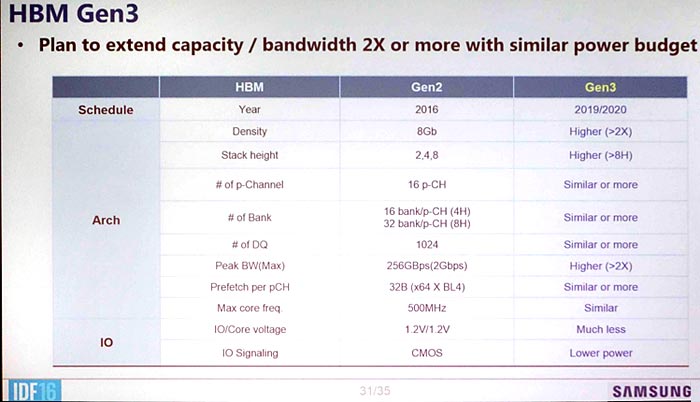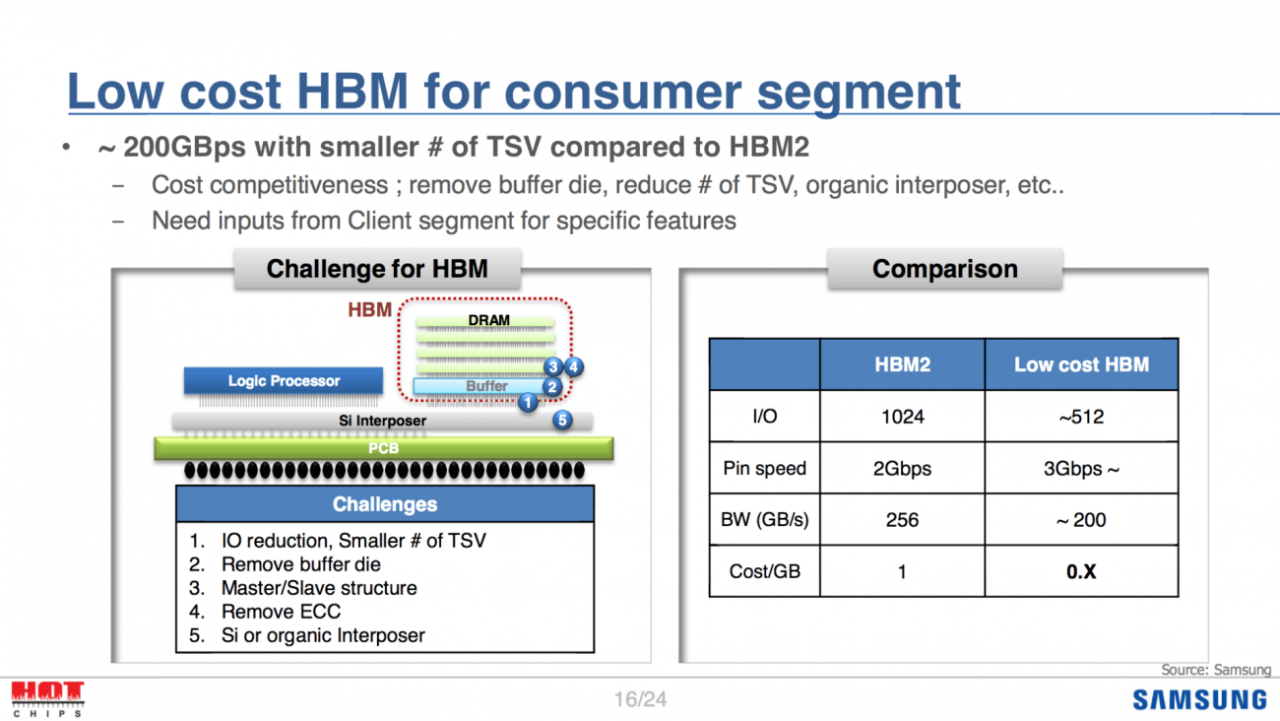Yes, Xavier would be the most likely suspect. It is worth noting that the article claimed the chip was "in production", and Xavier isn't, although it is possible this was mis-interpreted or mis-transcribed by the author. It would be an unusual option for Xavier, though, in that GDDR5(X) could give them the same bandwidth and substantially more capacity for a lower cost, and I wouldn't expect them to be so heavily power-constrained to choose HBM2 on the basis of power savings.
The target render Nvidia showed of the Xavier board also showed what clearly looked like RAM modules sitting next to the SoC (although of course one can read too much into early target renders like this).
Alternatively it is technically possible that it's for a GPU, but given the capacity and bandwidth it would only be suitable for an entry-level card, and Nvidia would have to tape out a completely different die (probably something equivalent to a GP107) with a HBM interface just to be able to use it for a single slightly more power efficient laptop GPU. This would be an extremely unusual move for Nvidia, as they typically have a variety of SKUs per die across both laptop and desktop in order to take advantage of binning (the most power efficient dies going to laptops) and to reduce design costs and inventory risk. They wouldn't be able to do this here (no point selling it for desktops if it's just a more expensive version of the 1050Ti), and in any case it's unlikely that they'd be able to warrant the increased cost of a HBM-powered card versus its GDDR5 equivalent, as the power savings would be relatively small (especially as you're comparing to binned GP107's in laptops).
The last option (unless there's any other super-secret SoC due soon) is the Nintendo Switch. We know it's in production, we know Nintendo likes esoteric memory, and we have it on good authority that Switch will have 4GB of RAM. As you say, though, it would be overkill for a device of that performance level (you'd potentially be looking at equivalent bandwidth to PS4 Pro, despite being at best 1/5th as powerful and using a considerably more bandwidth efficient architecture), and it would almost certainly be very expensive for a device which we've been told is targeting a "surprisingly low" price point.
Effectively it has to be one of the above three. Xavier seems the least unlikely (although on the surface it wouldn't have been something I would have predicted), and I'd actually argue that a GPU with 4GB of HBM2 is more unlikely than Switch using it. For Switch, at least, it would appear to be the only feasible way of hitting 200GB/s+ of bandwidth in a portable form factor, if they were for some reason to decide that's what they want.


